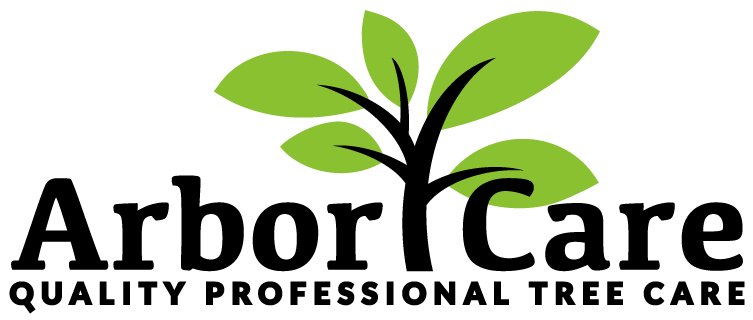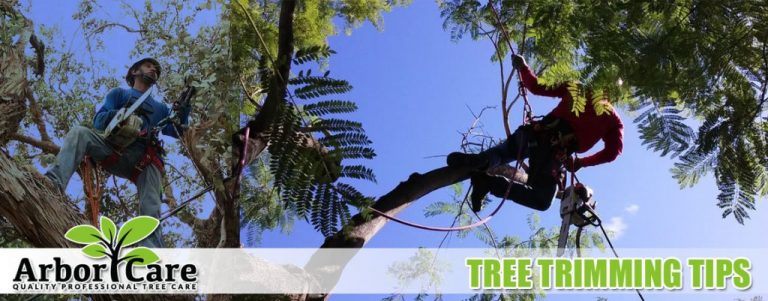How To Trim A Tree – Large or Small
If you’re Googling “How To Trim A Large Tree“, “How To Trim A Small Tree” or “Tree Trimming Tips“, this article should help! When you know the basics of tree pruning and trimming, then you can handle most of the work yourself. There is a variety of tips for pruning and trimming techniques that can…

